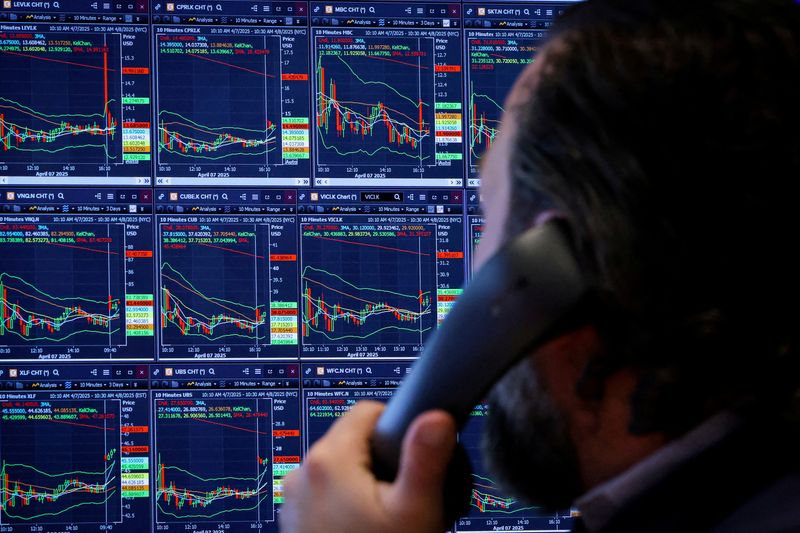Debt Market Tremors: Investors Brace for Bond Market Shockwaves

Global financial markets are experiencing a dramatic sell-off as U.S. Treasuries suffer substantial losses, signaling growing investor anxiety amid escalating economic tensions. The traditional safe-haven assets are now under intense pressure, with investors rapidly shifting towards cash in a stark display of market uncertainty.
The 10-year U.S. Treasury yield has exhibited an extraordinary surge, climbing 20 basis points in the Asian trading session - an unusually volatile movement for a typically stable market. Currently standing at 4.46%, the yield has rocketed 59 basis points above Monday's low point, reflecting the intense market turbulence.
Hedge funds are emerging as the primary drivers of this sell-off, being compelled to unwind leveraged positions that would typically generate modest profits during more stable market conditions. The current landscape is forcing these sophisticated investors to rapidly adjust their strategies in response to mounting economic pressures.
This unprecedented market movement underscores the growing global economic uncertainty, with investors seeking liquidity and protection amid increasing geopolitical and trade-related tensions. The Treasury market's dramatic shift serves as a critical indicator of the complex and volatile financial environment currently unfolding.
